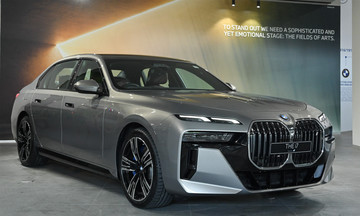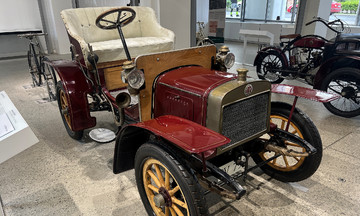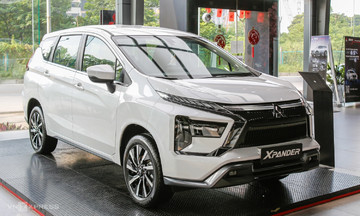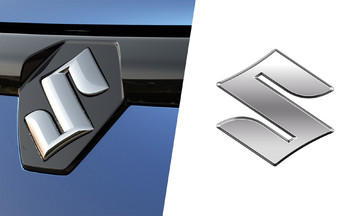Recently, on the Hanoi - Hai Phong expressway, the hood of an electric vehicle traveling at high speed suddenly flew open, completely covering the windshield. This temporarily blinded the driver, who managed to steer into the emergency lane to avoid a collision. The incident, thankfully without casualties, serves as a valuable warning against the habit of driving with the hood ajar.
Opening the hood does not improve battery or motor cooling in electric vehicles.
In most modern electric vehicles, the large-capacity battery is located under the floor of the car, enclosed in a protective casing and cooled by a circulating liquid system or a separate cooling fan. Additionally, the heat generated during charging is also managed by a dedicated cooling system, completely independent of the engine compartment.
Besides the underfloor battery, the engine compartment of an electric car contains other components such as the power converter, charger, control ECU, and high-voltage distribution module. These parts also generate heat during operation or charging, but they are equipped with their own cooling systems, typically using circulating liquid combined with a fan. Natural airflow from a slightly open hood barely makes direct contact with these components, as they are usually sealed within protective casings.
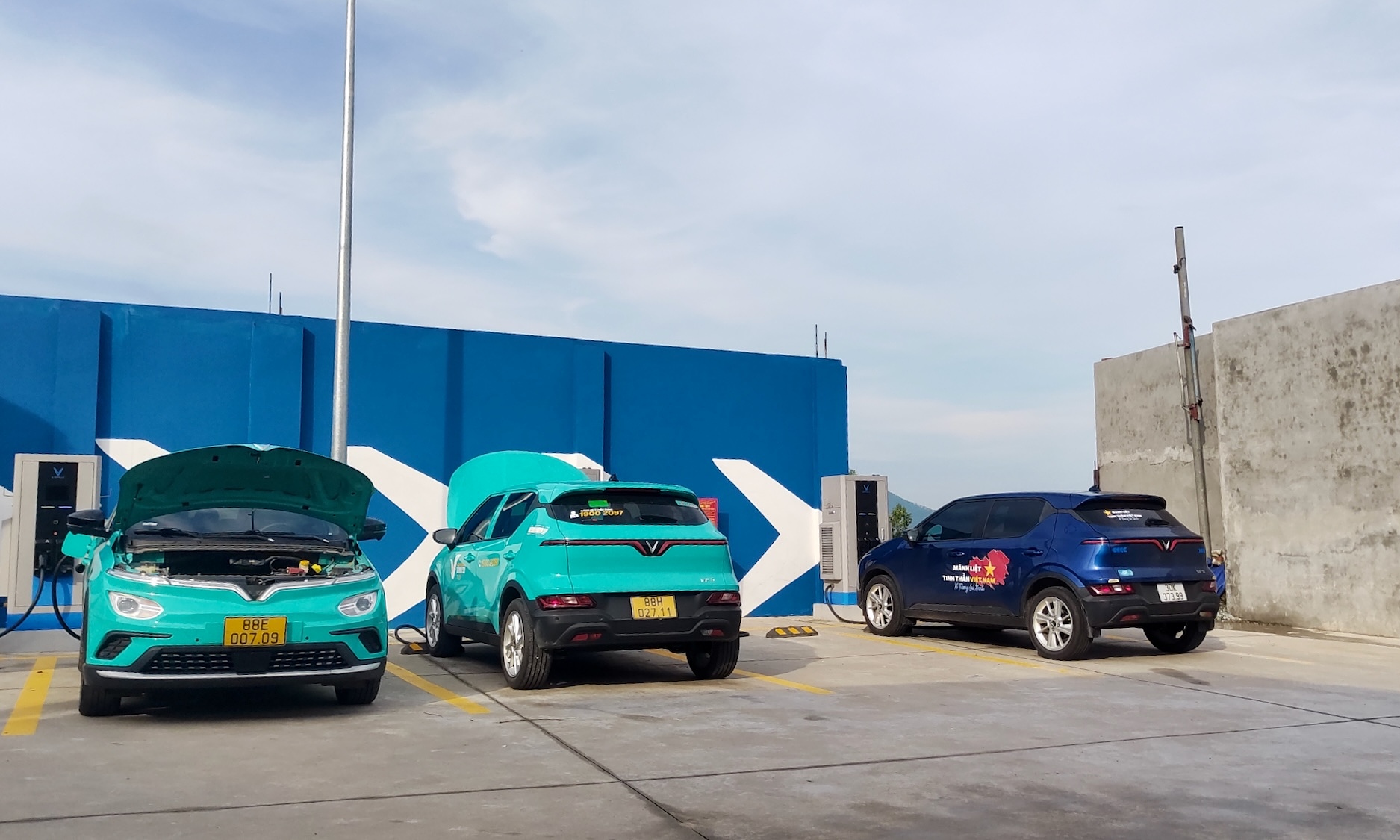 |
Electric car with the hood open while charging at a public station. Photo: Nguyen Thi Thuy Van |
Therefore, opening the hood while charging or driving has no effect on the battery's cooling process and even poses several risks. When the hood is open during charging, the front compartment is vulnerable to dust, rainwater, insects, and small animals, which can cause electrical shorts. If the driver forgets to close it securely before driving, the hood could fly open at high speeds, obstructing visibility and leading to an accident.
Engineers recommend parking in a cool place, using certified charging stations, and regularly maintaining the battery cooling system, rather than relying on unfounded advice.
Opening the hood on gasoline cars can reduce cooling efficiency.
For internal combustion engine vehicles, the cooling system, consisting of a radiator, cooling fan, and thermostat, is designed to maintain the optimal operating temperature for the vehicle. Furthermore, cars already have dedicated air intakes, so opening the hood disrupts airflow and can decrease cooling efficiency.
Moreover, the hood is designed to absorb impact force and protect the engine compartment, reducing injuries in the event of a serious collision. When not securely closed, the hood's protective function is compromised and can result in more severe injuries to passengers during a crash.
In conclusion, the habit of opening the hood to "cool the engine" or "cool the battery" offers no real benefits, regardless of whether it's a gasoline or electric car. Car owners should ensure the hood is properly closed before driving and perform regular maintenance to maintain optimal vehicle performance.
Ho Tan





